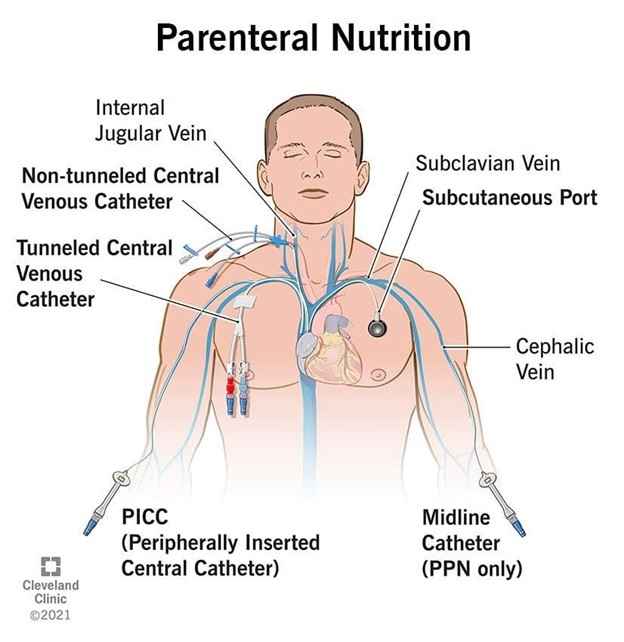A nurse is documenting admission data for a client on an acute care facility.
Which of the following actions should the nurse take?
Document the client's vital signs obtained by an assistive personnel.
Chart a summary of the data at the change of the shift.
Note whether the client has a living will.
Begin charting with an evaluation of the data.
The Correct Answer is A
Choice A rationale:
Documenting the client's vital signs obtained by an assistive personnel is correct. Documenting vital signs is fundamental and immediate requirement when admitting a client to ensure their current health status is accurately captured and can be monitored effectively.
Choice B rationale:
Charting a summary of the data at the change of the shift is incorrect. While it's essential to provide an update at shift change, this option suggests summarizing the data, which might not include all necessary details. Comprehensive documentation is crucial for continuity of care and accurate communication among healthcare providers. Documenting specific vital signs, assessments, interventions, and the client's response to those interventions is necessary for effective patient care.
Choice C rationale:
Noting whether the client has a living will is incorrect. While it's essential to be aware of a client's advanced directives, this information is typically gathered during the admission process or during routine assessments. It is not the immediate action to be taken upon admission. Vital signs and other immediate clinical data take precedence during the initial documentation process.
Choice D rationale:
Beginning charting with an evaluation of the data is incorrect. It is important to document objective data, such as vital signs, observations, and assessments, before making any evaluations or interpretations. Objective data provide the basis for clinical decisions and interventions. Starting with evaluations might lead to biased documentation, potentially overlooking important clinical findings.
Nursing Test Bank
Naxlex Comprehensive Predictor Exams
Related Questions
Correct Answer is D
Explanation

- A is incorrect because IV tubing for total parenteral nutrition should be changed every 24 hours to prevent infection.
- B is incorrect because abdominal distention is not an expected effect of total parenteral nutrition. It could indicate a complication such as fluid overload or bowel obstruction.
- C is incorrect because gastric residual is not relevant for total parenteral nutrition, which bypasses the gastrointestinal tract.
- D is correct because weight measurement is an important indicator of fluid balance and nutritional status for clients receiving total parenteral nutrition.
Correct Answer is D
Explanation
Choice A rationale:
The provider does not choose a client's healthcare surrogate. Advance directives, including the appointment of a healthcare surrogate, allow individuals to make their own decisions about their medical treatment if they become unable to communicate their wishes. Clients have the right to designate their healthcare surrogate based on their preferences and values. This statement is incorrect as it misrepresents the purpose of advance directives.
Choice B rationale:
A healthcare surrogate does not need to be a family member. The choice of a healthcare surrogate is a personal decision made by the individual. It can be a family member, friend, or any other person whom the individual trusts to make medical decisions on their behalf. There is no requirement that the surrogate must be a family member.
Choice C rationale:
The provider cannot go against the client's wishes regarding advance directives. Advance directives are legally binding documents that outline the individual's preferences for medical treatment, including decisions to withhold or withdraw life-sustaining interventions. Healthcare providers are ethically and legally obligated to respect and follow the directives outlined by the client. Going against the client's wishes would be a violation of their autonomy and legal rights.
Choice D rationale:
The client can resume control of healthcare decisions after a temporary loss of competency if specified in the advance directives. Advance directives often include provisions stating that the individual's decision-making capacity should be
Whether you are a student looking to ace your exams or a practicing nurse seeking to enhance your expertise , our nursing education contents will empower you with the confidence and competence to make a difference in the lives of patients and become a respected leader in the healthcare field.
Visit Naxlex, invest in your future and unlock endless possibilities with our unparalleled nursing education contents today
Report Wrong Answer on the Current Question
Do you disagree with the answer? If yes, what is your expected answer? Explain.
Kindly be descriptive with the issue you are facing.
